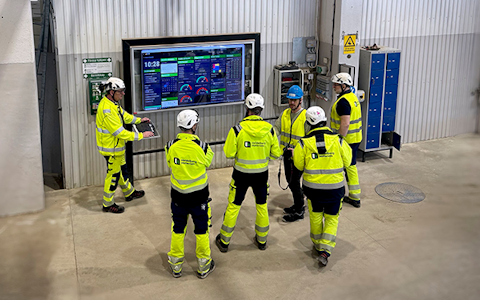
Digital dashboards that help you identify deviations and make the right decisions.
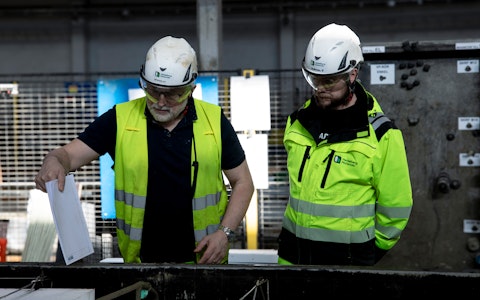
Capture your deviations and turn them into improvements
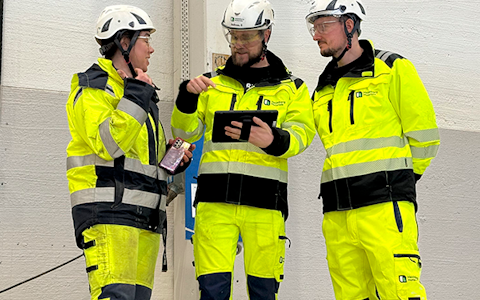
Continuous improvement, Kaizen boards, PDCA and other tools.
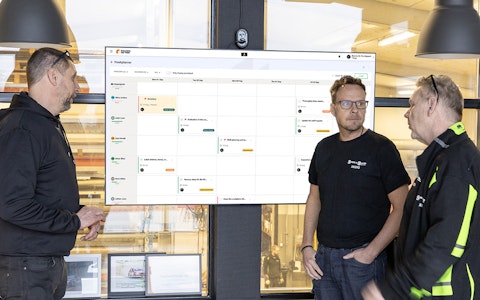
All your team’s tasks, neatly organized in one weekly view.

Improve key performance indicators within your specific focus areas with our SQCDP board.
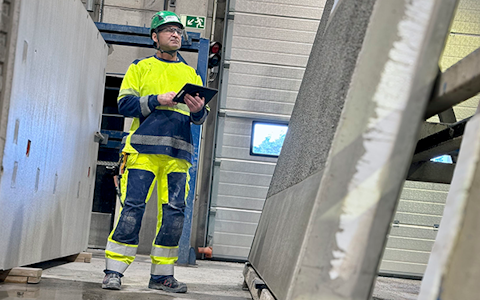
Use the PDCA cycle as a tool to improve both quality and processes
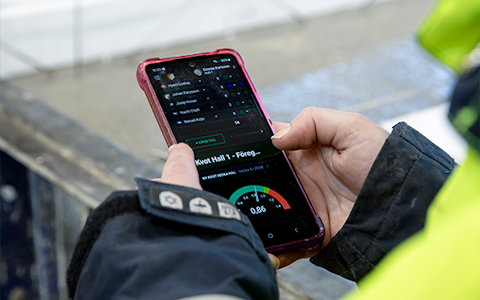
Digital tools for 5S work, recurring audits, and a well-organized workplace.

Visualize KPIs and communicate effectively throughout the entire organization.

Basic project management and activity boards.
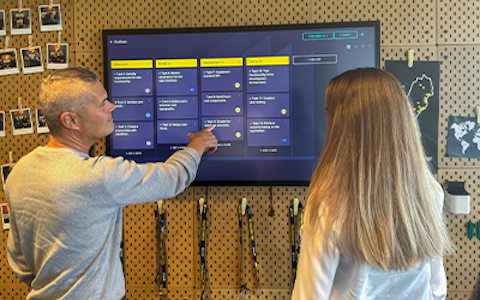
Kanban is a powerful method for visualizing, managing, and optimizing workflows.
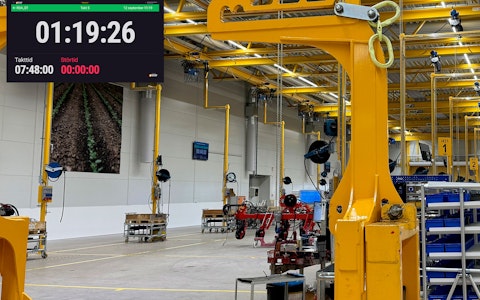
Digital dashboards for takt time flow with takt time counter and stop time log.
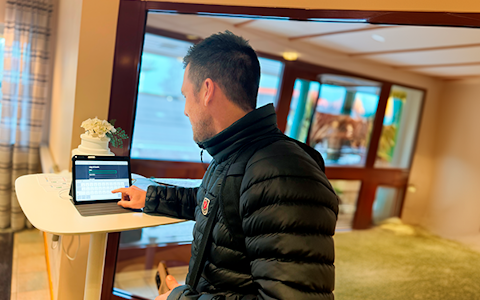
Digital visitor registration provides full control over all planned and executed visits to your business.
Today, we're pleased to welcome Johan Thomélius from our partner Brignite Coaching as a guest blogger. He shares insights on the importance of balancing quality and leveling to ensure stable and efficient production. Johan also highlights common Lean pitfalls and explains how visualization and ongoing coaching can support organizations in building a culture of continuous improvement.

We often talk about finding the balance between quality and leveling. Quality is fundamentally about delivering the value the customer expects, while leveling is about completing the task within the planned time frame.
When quality varies, we’re forced to sort out defective products or spend time correcting those that don’t meet the standard.
When there are variations in leveling, we end up needing more time than was originally allocated, which means we fail to produce the number of items we had planned for.
That’s why it’s crucial to stay aware of both quality and leveling—and to act on them daily. By taking small steps consistently, we can continuously improve.
5 Common Reasons Why Lean Fails to Lift the Organization
Focusing only on the tools, not the bigger picture – like practicing corner kicks in football when the club has no grip on its finances or defense.
Treating Lean as a separate department – placing the work outside the day-to-day operations.
Launching Lean as a project with big ambitions – only to watch it fade due to a lack of quick results.
Missing the customer value – focusing solely on financial gains.
Working in isolated “islands” – and failing to see the shared value stream.
Studies show that visualization brings immediate improvements, as it tends to have a quick impact on the measurement and reflection of specific metrics.
Combine that with ongoing coaching, and you’ve got a multi-stage rocket that propels the organization toward a true culture of continuous improvement!
Happens at Boards on Fire
Free web demo